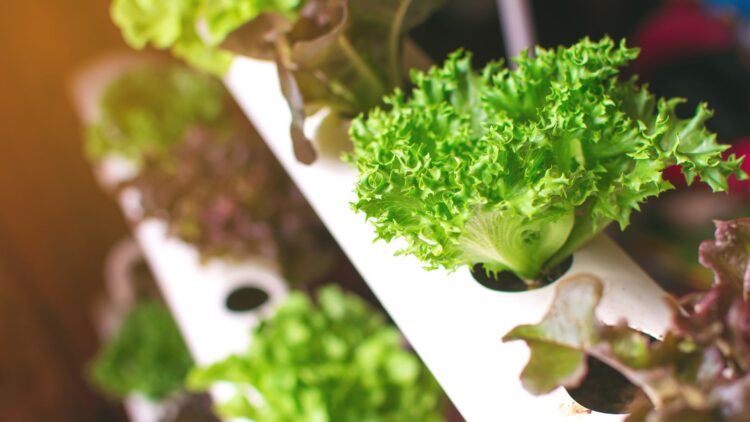Hydroponics, or the practice of growing plants in water has been around for a few years now, but whereas before it seemed like a tubing system that some weird people just kept around their house, it has now become an interesting technique fit for anyone who wants to expand their gardening and maybe grow some of your own plants and food inside your home.
Of course, the first thing one must take into account when dealing with hydroponics is that not every plant will grow in water, however nutrient rich you make it. There is a reason why, in nature most plants are rooted to the ground, even those that grow in rivers or other bodies of water, and that is because soil is often a necessity. However, there are some plants that lend themselves to an alternative method of cultivating, and knowing which ones will become the key to your success if you try this at home.
There are plenty of kits that will get you started, often with mixed results, and while the tubing system is sort of the same regardless of where you purchase it, the seeds that will come with it (if any do come) might not be the best or most successful, meaning you will have to spend more money over time to replace the failed plants for others with better chances. That will have wasted your time and a lot of nutrients and resources you will have had to buy to start the experiment. That is why we are going to make a small recommendation.
The best five plants to try hydroponics as a newbie
Once you have started you can do your own research and go down a very expensive rabbit hole, but until you know what you are doing let us recommend you a few easy to grown in interiors plants that are fairly foolproof.
– Syngonium (Syngonium podophyllum): Propagation of this plant is done by placing cuttings in water until roots develop. It grows well in water as long as it is kept in a spot with indirect sunlight to prevent leaf discoloration, but you should not have many problems getting it to survive.
– Sweet potato (Ipomoea batatas): Known by various names like yam or boniato, this plant can be grown indoors in water. If you need to, it can be transplanted at any stage and requires daily exposure to direct sunlight.
– Mint (Mentha piperita): This aromatic and medicinal plant can root in water with minimal upkeep. The stems need to stay submerged until they root, after which they should be placed in a sunlit area to encourage new growth.
– Lucky bamboo (Dracaena braunii); Despite its name, it is not a true bamboo, but it thrives in water with its stems partially submerged and should be kept in a spot with indirect light. Fertilizing the water every two months helps maintain its health.
– Peace lily (Spathiphyllum): Well-suited for hydroponic growing, this elegant indoor plant produces white blooms and requires little day-to-day care, making it ideal for low-maintenance greenery.
As you can see, not all of these are foods and just because they can all be grown thanks to hydroponics it does not mean you can plant them in the same tube. Try to read the seed packets to see the individual needs of your plant before you go crazy with the planting. Having said that, there are some common recommendations that should work regardless of what you choose to grow and those are to:
- Use receptacles that are the appropriate size, not too big or too small. As the plant grows you can change receptacles as needed.
- Avoid terracotta and clay pots as these are quite porous and will absorb the water that you put into them.
- Try to use bottled water, tap water has been treated with many chemicals that will not agree with your plants, but if that is not an option, look into home filtration and mineralization systems that you can install.
- Do not make a habit of changing the water every day or even at all if you do not feel like the plant needs it, just keep the system topped up to maintain submerged roots and every once in a while add liquid fertilizer or some kind of plant food according to the instructions for hydroponics.

